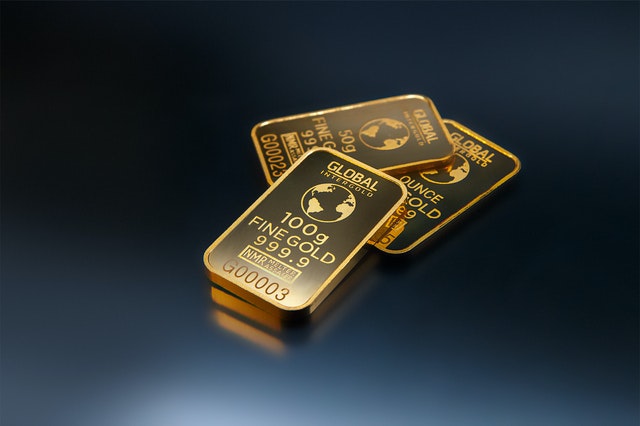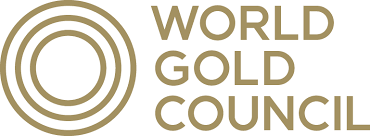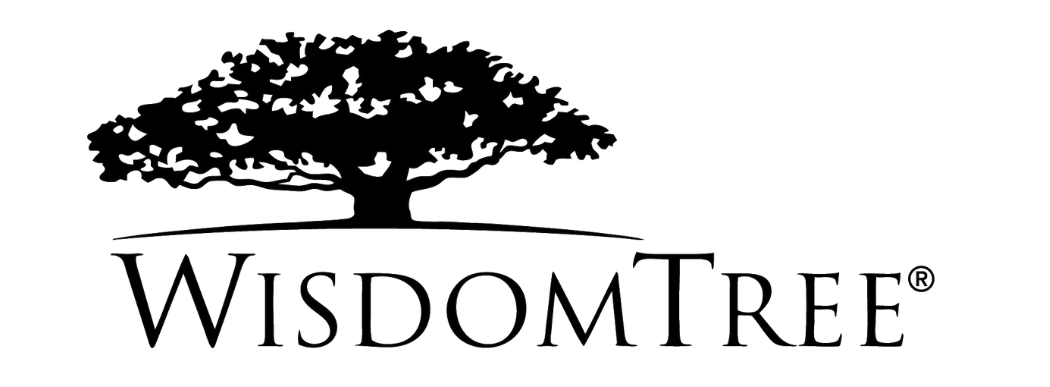Exchange-traded products (ETPs) has been the wrapper of choice for European investors wanting gold exposure this year following extreme volatility in March and ongoing pressure on fees.
Two gold exchange-traded commodities (ETCs), in particular, have seen the highest inflows across all ETFs listed in Europe this year. The $14.2bn iShares Physical Gold ETC (SGLN) and the $13.5bn Invesco Physical Gold ETC (SGLD) have captured $5.1bn and $4.6bn assets in 2020, respectively, as at 7 December.
Furthermore, the $3.1bn Amundi Physical Gold ETC (GOLD) is also in the top 10 for European ETF inflows this year with investors piling $1.6bn net new assets into the strategy.
Overall, gold ETPs have seen 10 consecutive months of inflows pulling in $57.1bn assets by the end of October, according to the World Gold Council, before seeing the second-highest outflows on record in November following the news of a coronavirus vaccine.
The coronavirus black swan event earlier this year has been the key driver behind the record inflows as investors turned to the precious metal as a safe haven.
They were subsequently rewarded with the price of gold rising above $2,000 an ounce for the first time in history in August.
ETP launches
In response to the growing demand for gold in 2020, ETF issuers in Europe have responded in various ways to the yellow wave.
In February, Royal Mint made its entry into the European ETP space through white-label platform HANetf with the launch of the $380m Royal Mint Physical Gold Securities ETC (RMAU).
Furthermore, WisdomTree expanded its gold ETC offering to 11 earlier this month with the launch of its responsibly-sourced gold ETC.
Amid the increasing demand, Invesco and Amundi both launched sterling-denominated gold ETCs during the summer.
The two ETF issuers have found themselves locked in a price war with BlackRock. Invesco was the first to move by lowering prices on its gold ETC to 0.19%.
Amundi subsequently cut fees on its strategy to 0.15% in March leading BlackRock and Invesco to both follow suit later in the year.
Outlook
With news of a coronavirus vaccine, however, the outlook for gold heading into 2021 is not as positive as it was earlier in the year.
Sentiment has shifted sharply to cyclical equities over the past month with many investors rotating out of the precious metal.
Furthermore, ANZ Banking Group highlighted how central banks' usage of gold as a reserve has fallen after record periods of purchasing in 2018 and 2019.
ETF Insight: Why gold ETP spreads widened to record levels amid coronavirus turmoil
But the negative gold sentiment could be short-lived as markets return from the winter break.
The value of gold is negatively correlated with real interest rates, according to Nick Frappell, global general manager at ABC Bullion, who argued yields could begin to fall early next year.
“Bonds have been in a tremendous bull phase for a long time and there could be a scope for an upset there,” Frappell said. “There are plenty of reasons to be bullish towards gold.”







